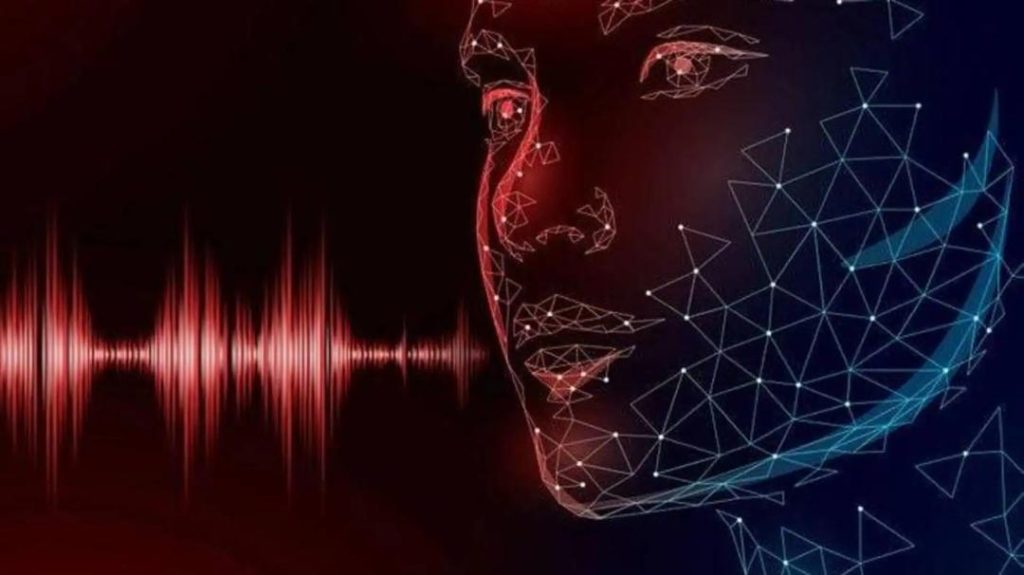
Indian Researchers Make ₹3,000 Sensor That Turns Breath into Speech Signals
In a groundbreaking development, researchers at the Indian Institute of Technology (IIT) Guwahati have created an innovative underwater vibration sensor that can transform a person’s breath into speech signals, paving the way for contactless and automated voice recognition for individuals with voice impairments. The team has successfully developed a sensor that can detect the subtle waves and patterns created by airflow from a person’s lungs when directed over a water surface, and then converts these impressions into speech signals.
The sensor, which costs a mere ₹3,000, is a significant breakthrough in the field of assistive technology, particularly for individuals who are voice-impaired due to various reasons such as paralysis, ALS, or other neurological disorders. These individuals often rely on augmentative and alternative communication (AAC) methods, such as typing or using a speech-generating device, which can be cumbersome and time-consuming.
The inspiration behind the development of the sensor comes from the fact that even individuals who are unable to produce sound still generate airflow from their lungs. When this airflow is directed over a water surface, it creates subtle waves and patterns that can be detected by the sensor. The sensor uses these impressions to generate speech signals, allowing individuals to communicate without having to produce sound.
The team of researchers, led by Dr. Anirban Basu, an associate professor at IIT Guwahati, has been working on this project for several years, overcoming numerous challenges and hurdles along the way. “The biggest challenge was to develop a sensor that could accurately detect the subtle vibrations created by the airflow,” Dr. Basu explained in an interview. “We had to fine-tune the sensor’s sensitivity and adjust the algorithm to ensure that it could accurately convert the vibrations into speech signals.”
The sensor is made of a flexible, waterproof material that is placed on the surface of the water. When the person directs their airflow over the sensor, it detects the subtle vibrations and sends the signals to a computer or a speech-generating device. The device then converts the signals into speech, allowing the individual to communicate effectively.
The potential applications of this technology are vast. For individuals with voice impairments, it provides a new and innovative way to communicate, giving them greater independence and autonomy. In addition, the sensor could be used in various settings, such as in medical research, where it could be used to monitor the respiratory patterns of patients, or in industrial settings, where it could be used to detect subtle changes in airflow patterns.
The development of this sensor is also a significant step forward in the field of assistive technology, which is an area of growing importance as the global population ages and the number of individuals with disabilities increases. Assistive technology has the potential to greatly enhance the quality of life for individuals with disabilities, allowing them to participate more fully in society and to achieve greater independence.
The sensor is still in the prototype stage, and the researchers are working to refine its performance and accuracy. However, the potential of this technology is vast, and it is likely that we will see it being used in a variety of settings in the near future.
The development of this sensor is a testament to the innovative spirit of Indian researchers and their commitment to making a positive impact on society. As Dr. Basu noted, “This technology has the potential to make a real difference in the lives of individuals with voice impairments, and we are excited to see where it takes us in the future.”






